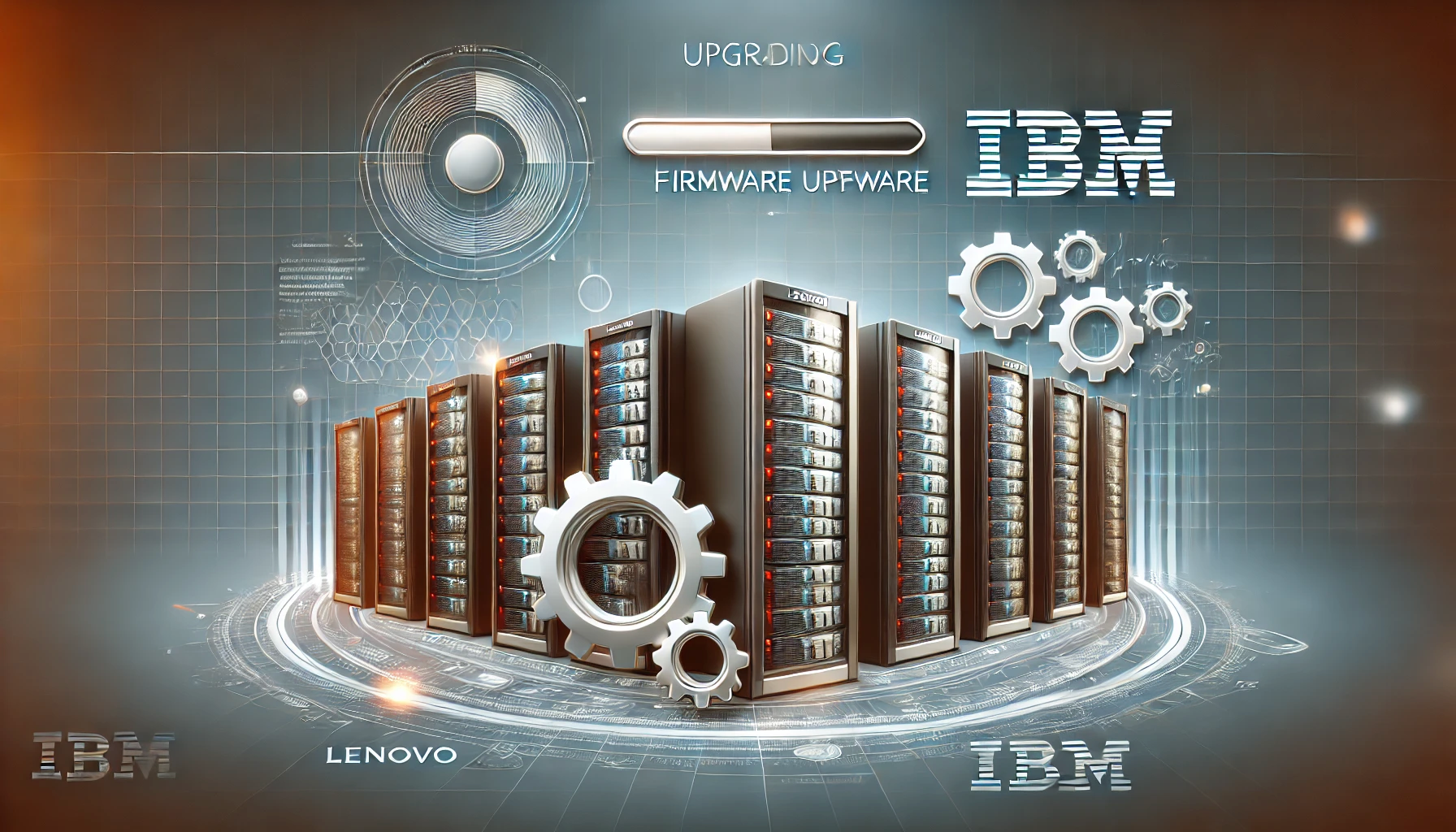Servers firmware updates are an element that is overlooked by most administrators. Often due to lack of knowledge, ignorance or simply laziness.
Updates are crucial for proper operation, as they fix errors and also allow you to take advantage of the latest innovations in components such as the RAID controller, network cards, BIOS, hard drives or SSDs, etc. Especially in the case of servers, as they usually serve tens of thousands of users continuously.
There are other reasons why we can make firmware updates :
- Proactivity on a regular maintenance plan
- Adding new functionality
- Boost in existing functions
- Lenovo Technical Support Requirements After Opening a Ticket
- Interoperability with the hypervisor
- Lack of security
For administrators who don’t have advanced management software, there are two ways to update the software on your servers. One by one by downloading them to Lenovo’s support site or all at once using Lenovo XClarity Essentials Bootable Media Creator that creates a bootable ISO that contains all the updates designed for your server. This method is presented here.
Requirements :
- Access the server console or XClarity
- Know the server model with the system type
To find the exact model and system type, note the serial number and go to the Lenovo data center support website : https://datacentersupport.lenovo.com/us/en/
In the search bar, type the serial number.
XClarity Essentials Bootable Media Creator
After that, you will need to download BOMC. Use the following link and download the latest version. Lenovo XClarity Essentials Bootable Media Creator – Lenovo Support US
After that, you will need to download BOMC. Use the following link and download the latest version.
Creation of the Firmware Update Media
The Update Media Creation Wizard will ask you to answer several questions including the name of the ISO, the system to be updated. Respond according to your needs. This is based on the Lenovo Thinksystem SR550 Type 7X03. The last upfate of this system dates back a little over a year, according to my memories.
Note that you can also burn a DVD instead of creating an ISO. This is an option that I have not used for years. The other option, if you don’t have remote access from the console, you can create an upgrade USB key using Rufus, available here, to transfer the ISO to a USB media. Please note that I have not tested this option.
Connection to XClarity Controller
Connect to the XClarity Controller on your server.
Then connect to the console.
Install the ISO in the virtual CD.
Update your Lenovo Server
Start your server. Make sure to press F12 to start with the One Time Boot Device option. You can then select the boot from the virtual CD-ROM with ISO.
Here you will notice several options that I will not cover in this article. To start Firmware updates, go to Option 1.

After pressing Begin, the assistant will compare the versions of server firmwares and those available on the media. I didn’t see a script or the default selection wasn’t good. When you have to validate the choices, proceed.
In the example, the eight SSDs are installed in the server and have a MAJ to apply. These are probably the longest. From experience, it can take about thirty minutes.
Attention, during the process, if there is an update to the XClarity Controller, you will lose access to the console. It is normal. After 3-4 minutes, you will be able to connect again.
When finished, leave with option Q.
The server will power off. In XClarity Controller, you will still see older firmwares versions. This is normal, some require a full start-up cycle. Power on the server.
A maintenance notification will be visible. The server will restart once the updates are enabled.
The server will start properly at the end of the updates and you can then see the new active versions.





























